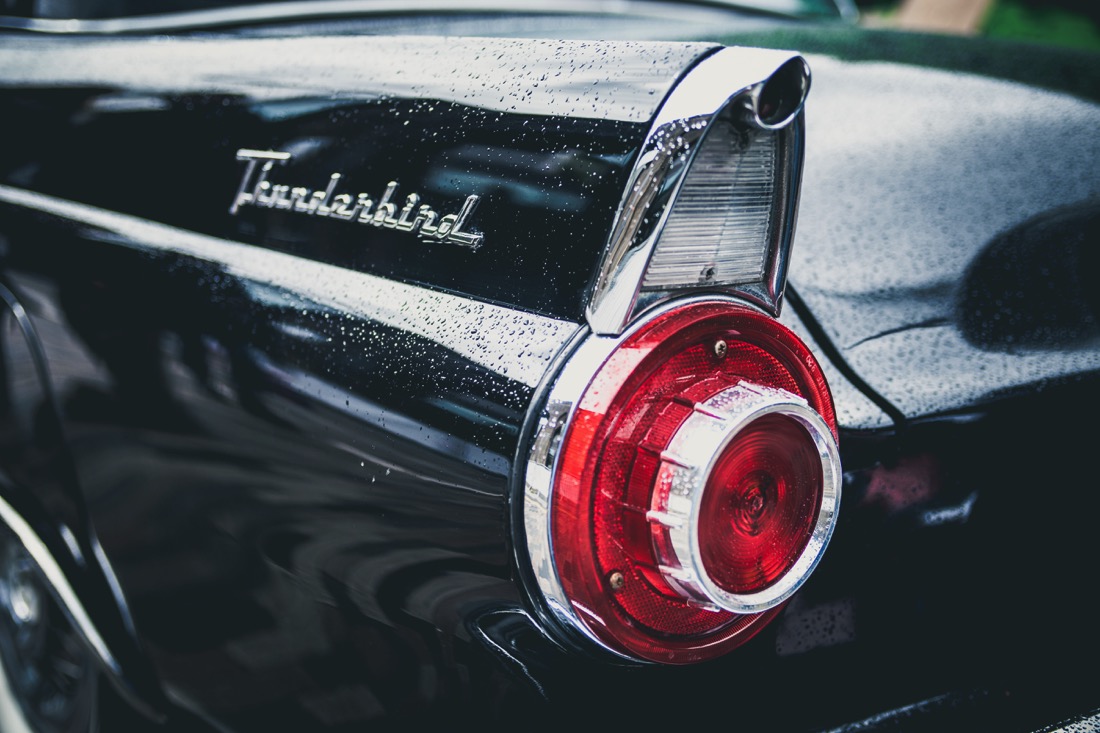
5 Ways Robotic Waterjet Cutting Transforms Modern Manufacturing
If you’re searching for a manufacturing solution that combines precision, versatility, and efficiency, robotic waterjet cutting is likely on your radar. This advanced method is gaining traction in industries worldwide, offering a unique blend of high-pressure water and abrasive materials to cut through virtually anything. Unlike traditional cutting techniques, robotic waterjet cutting minimizes heat-affected zones and material waste, making it a go-to for complex projects. In this article, we’ll dive into how this technology works, its key benefits, and what to consider when integrating it into your operations. Whether you’re in aerospace, automotive, or custom fabrication, understanding robotic waterjet cutting can help you stay competitive and innovative.
What Exactly is Robotic Waterjet Cutting?
Robotic waterjet cutting is a manufacturing process that uses a high-pressure stream of water, often mixed with abrasives, to cut materials with extreme accuracy. The “robotic” aspect refers to the integration of programmable robotic arms that guide the waterjet nozzle, allowing for multi-axis movement and complex cuts. This system can handle everything from metals and composites to stone and glass, making it incredibly adaptable. The core components include a high-pressure pump, abrasive delivery system, and a robotic controller that ensures precise motion paths. By leveraging robotic waterjet cutting, businesses achieve consistent results without the thermal distortion common in laser or plasma cutting. This technology is ideal for applications requiring intricate shapes and tight tolerances, revolutionizing how industries approach material processing.
Comparing Robotic Waterjet Cutting to Traditional Methods
When evaluating cutting technologies, it’s essential to compare robotic waterjet cutting with conventional methods like laser, plasma, or mechanical cutting. One standout advantage of robotic waterjet cutting is its cold-cutting process, which eliminates heat-affected zones. This means materials retain their structural integrity, reducing the need for post-processing. In contrast, laser cutting can cause thermal stress, especially on reflective materials, while plasma cutting may leave behind slag and require cleanup. Additionally, robotic waterjet cutting excels in versatility—it can cut a broader range of materials, including heat-sensitive ones like plastics or rubber, without compromising quality. Speed is another factor; although laser might be faster for thin metals, robotic waterjet cutting maintains consistency across varied thicknesses. Overall, the flexibility and precision of robotic waterjet cutting make it a superior choice for many modern manufacturing needs.
Key Applications of Robotic Waterjet Cutting Across Industries
The applications of robotic waterjet cutting span numerous sectors, thanks to its adaptability and precision. In the aerospace industry, it’s used for cutting composite materials and titanium components, where accuracy is critical for safety and performance. Automotive manufacturers rely on robotic waterjet cutting for prototyping and producing custom parts, such as gaskets or interior panels, without tooling wear. The architecture and design field benefits from its ability to shape stone, glass, and metals for artistic installations or structural elements. Even in the medical device industry, robotic waterjet cutting creates intricate components from biocompatible materials. This wide-ranging utility highlights why more companies are investing in robotic waterjet cutting systems to enhance their production capabilities and meet diverse customer demands.
How to Select the Right Robotic Waterjet Cutting System
Choosing the appropriate robotic waterjet cutting system involves several considerations to match your specific needs. First, assess the materials you’ll be cutting—softer materials might only require pure waterjet systems, while harder ones need abrasive-enhanced setups. Next, evaluate the cutting volume and complexity; high-production environments may benefit from multi-arm robotic configurations for increased throughput. The control software is also crucial; look for user-friendly interfaces that support CAD/CAM integration for seamless design-to-cut workflows. Don’t overlook maintenance requirements; systems with easy-access components and reliable support networks reduce downtime. Finally, consider the total cost of ownership, including energy consumption and consumable costs like abrasives. By carefully analyzing these factors, you can invest in a robotic waterjet cutting solution that boosts efficiency and ROI.
Understanding the Costs and Pricing of Robotic Waterjet Cutting
Cost is a significant factor when adopting robotic waterjet cutting technology. Initial investment ranges widely based on system size and capabilities, but it often includes the robotic arm, pump, and auxiliary equipment. Operational costs involve electricity, water, abrasives, and routine maintenance—factors that can add up over time. However, robotic waterjet cutting can lead to long-term savings by reducing material waste and minimizing secondary processes. For businesses outsourcing this service, pricing typically depends on material type, thickness, and cut complexity. Requesting quotes from multiple providers can help you find competitive rates. Remember, while the upfront cost might seem high, the precision and versatility of robotic waterjet cutting often justify the expense through improved product quality and faster turnaround times.
The Technology and Process Behind Robotic Waterjet Cutting
Delving into the technology, robotic waterjet cutting operates by pressurizing water to extreme levels—often up to 60,000 psi or more—and directing it through a small nozzle. When abrasives are added, the stream becomes capable of slicing through tough materials like steel or ceramics. The robotic component uses articulated arms with multiple axes of movement, programmed via software to follow precise paths. This allows for 3D cutting and contouring that manual methods can’t achieve. Key advancements in robotic waterjet cutting include real-time pressure monitoring and adaptive control systems that adjust for material variations. The process is also environmentally friendly, as it generates minimal dust or harmful emissions. Understanding these technical aspects can help operators optimize their setups for maximum efficiency and innovation in manufacturing workflows.

Finding a Reliable Robotic Waterjet Cutting Service Provider
If you’re not ready to invest in an in-house system, finding a trustworthy robotic waterjet cutting service provider is essential. Start by researching companies with proven experience in your industry—look for case studies or client testimonials that demonstrate their capability. Ensure they use up-to-date robotic waterjet cutting equipment and offer quality assurances like ISO certifications. Communication is key; a good provider will discuss your project specifics, including material choices and design requirements, to deliver optimal results. Request samples or visit their facility if possible to assess their work quality. Additionally, compare pricing and lead times to ensure they align with your budget and schedule. By partnering with a reputable robotic waterjet cutting service, you can leverage this technology without the capital investment, while still achieving high-quality outcomes.
Frequently Asked Questions About Robotic Waterjet Cutting
Q1: What materials can be cut using robotic waterjet cutting?
A1: Robotic waterjet cutting can handle a wide array of materials, including metals like steel and aluminum, composites, stone, glass, plastics, and rubber. Its versatility makes it suitable for both hard and soft substances without thermal damage.
Q2: How accurate is robotic waterjet cutting?
A2: Robotic waterjet cutting typically achieves tolerances within ±0.005 inches, depending on the material and system calibration. The robotic arms provide consistent precision, even for complex geometries.
Q3: Is robotic waterjet cutting environmentally friendly?
A3: Yes, it is considered eco-friendly because it uses water and natural abrasives, produces no hazardous fumes, and generates minimal waste compared to other cutting methods.
Q4: What are the maintenance requirements for a robotic waterjet cutting system?
A4: Regular maintenance includes inspecting nozzles for wear, checking high-pressure pumps, and replacing abrasives. Proper upkeep ensures longevity and consistent performance in robotic waterjet cutting operations.
Q5: Can robotic waterjet cutting be used for 3D shapes?
A5: Absolutely—the multi-axis capability of robotic arms allows for cutting and shaping three-dimensional objects, making it ideal for prototypes and custom components.
Q6: How does the cost of robotic waterjet cutting compare to laser cutting?
A6: While laser cutting might be cheaper for thin materials, robotic waterjet cutting often proves more cost-effective for thicker or diverse materials due to lower operational costs and no heat-related issues.
Q7: What safety measures are needed for robotic waterjet cutting?
A7: Safety protocols include wearing protective gear, ensuring proper enclosure around the cutting area, and regular system checks to prevent high-pressure leaks or accidents.
Q8: How long does it take to set up a robotic waterjet cutting job?
A8: Setup times vary but are generally quick with modern software. For simple designs, it can take minutes, while complex projects might require longer programming, but the robotic waterjet cutting process itself is efficient once initiated.
continue reading



